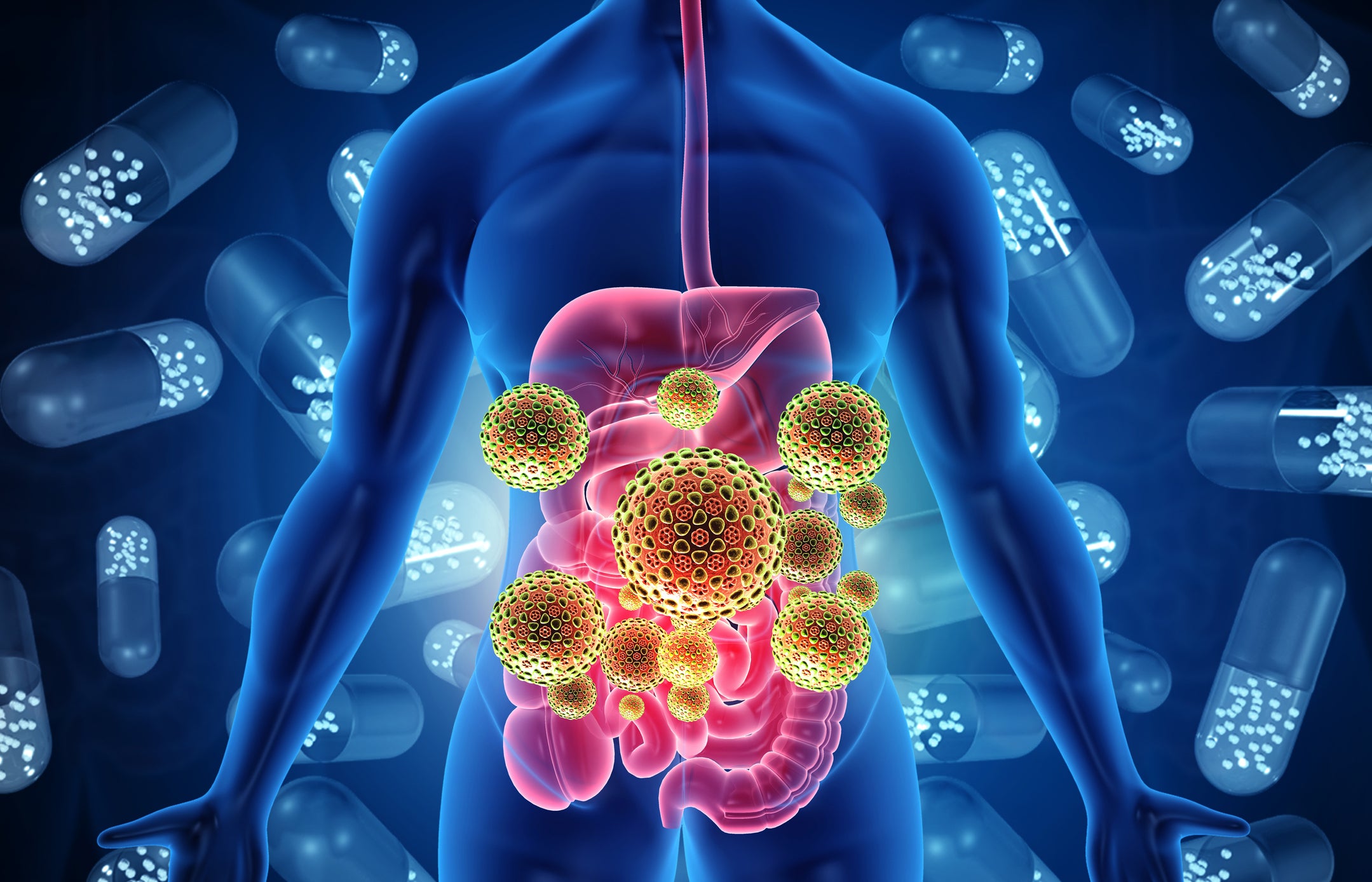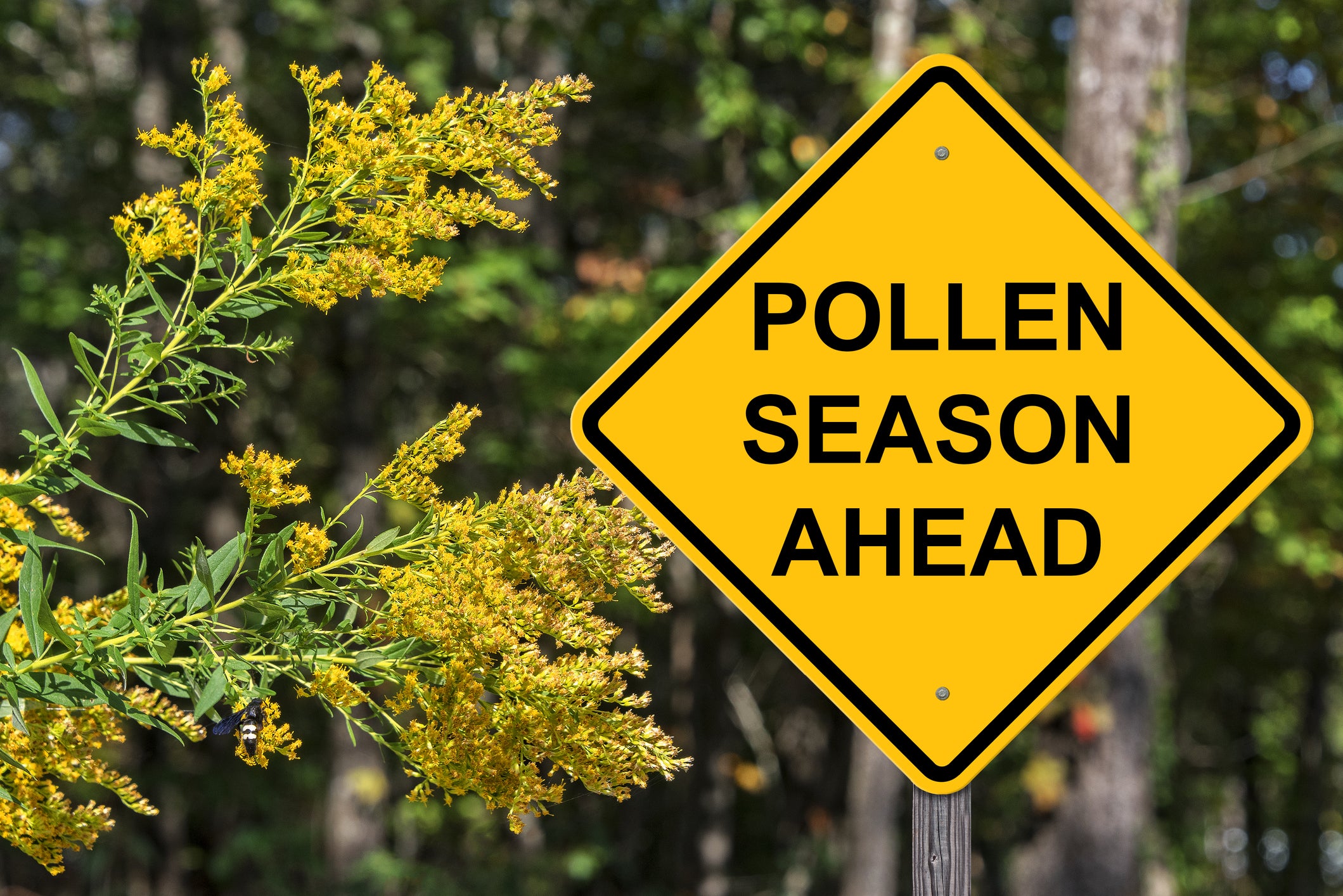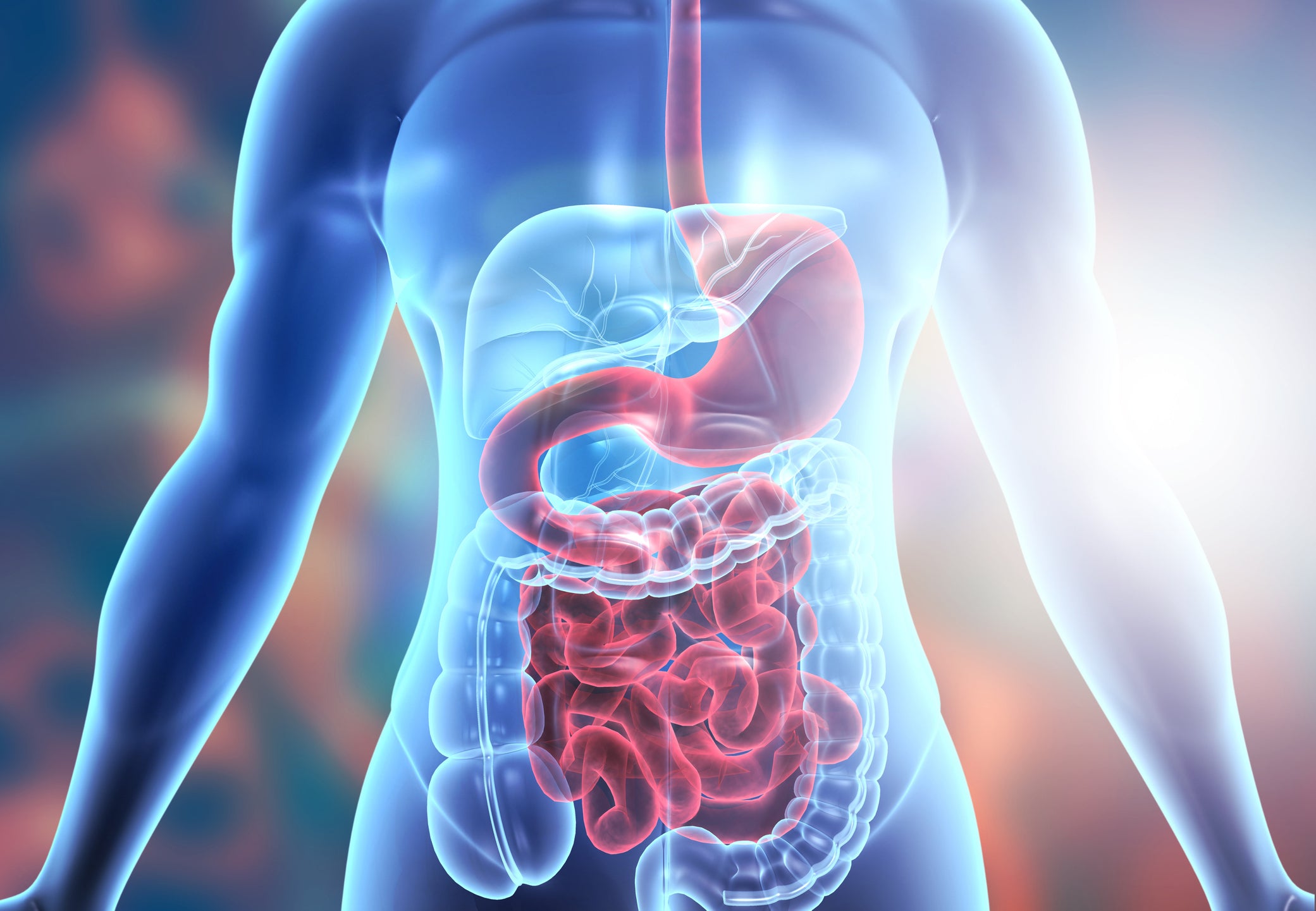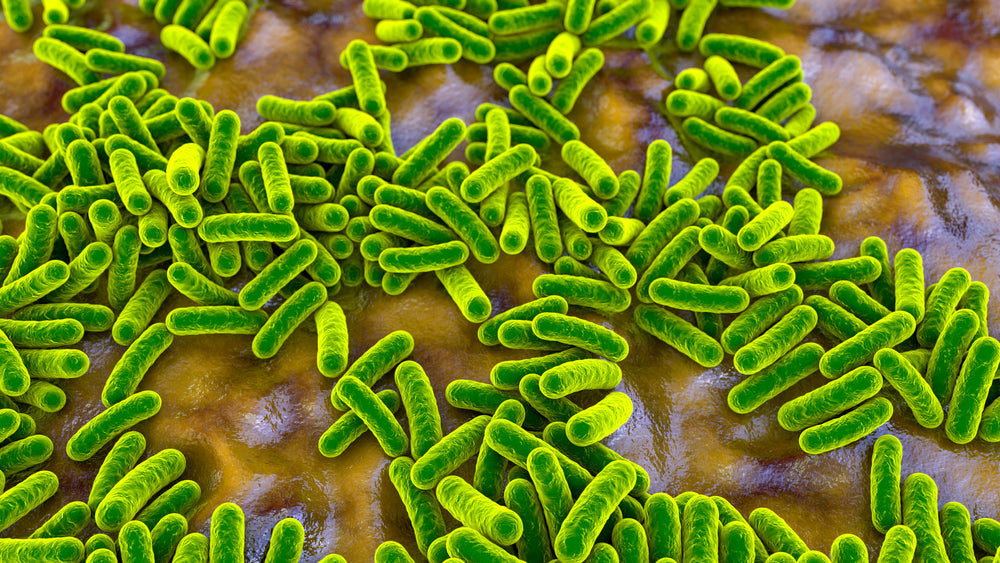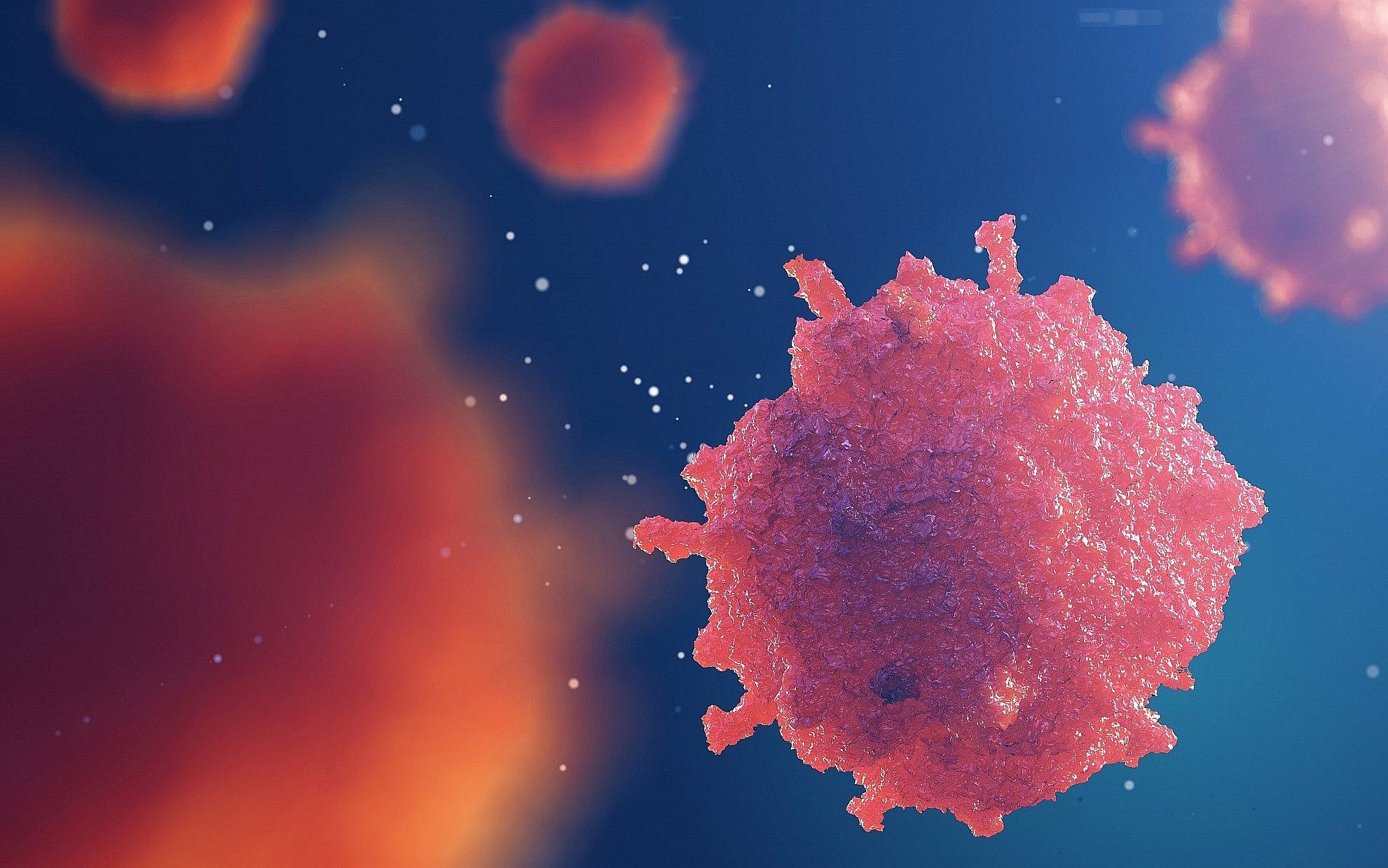AUTHOR: Cliff Harvey, PhD (Clinical Nutritionist & Researcher)
What Are Toxins?
Toxins are poisonous substances that are produced either within the body or by another organism (synthetically created ‘toxins’ are technically called toxicants).
Are Toxins Dangerous?
While they sound scary (and some are!), many toxic chemicals are actually produced as part of normal bodily processes. In fact, it is not uncommon for tiny amounts of toxins to be ingested as part of a normal healthy diet, or as a result of environmental exposure. Products that we are exposed to daily such as household cleaners, medications, alcohol, pesticides, fuel and cosmetics can all be considered toxic in certain conditions. So, it’s important to remember the old adage, the dose defines the poison!

What Are Some Common Toxins?
There are many different types of toxins, all of which vary greatly in the severity of their effect. We discuss some of the most common toxins and their effect on health below.
1. Heavy Metals
Heavy metals are metals with high densities or atomic weights. They include nutrients such as iron, cobalt and zinc. These nutrients are essential for health and yet, are toxic in large doses. When people refer to heavy metals in the context of health, they are typically referring to metals such as lead, cadmium, arsenic and mercury. These heavy metals are toxic, even in the smallest amounts.
2. Arsenic
Arsenic is a natural component of the earth’s crust and is widely distributed throughout the environment in the air, water and land. It is because of this that minute doses of arsenic can be found in some drinking water and foods. Interestingly, emerging research indicates that arsenic might be an essential trace nutrient 1, however elevated levels of arsenic are highly toxic and very dangerous. Based on mammalian studies, a recommended dose of arsenic per day for health is between 12.5 and 25μg, and people take in around 12-50μg per day through a normal diet1,2. The World Health Organization (WHO) has set a safe limit of <10μg /L for drinking water.
3. Cadmium
Cadmium is a heavy metal found commonly in the environment from natural occurrence and contamination. Smokers have a high exposure to cadmium through cigarettes, while everyday foods are the highest source of cadmium for the non-smoking population. Foods contributing most to dietary cadmium are cereals and cereal products, vegetables, nuts and pulses, starchy roots or potatoes, and meat and meat products. Vegans and vegetarians can have higher exposure to this heavy metal due to their high consumption of cereals, nuts, oilseeds and pulses.
Over exposure to cadmium can cause kidney failure, bone demineralization and be carcinogenic. The average levels of cadmium in food have been found to be ≈200μg/kg3, with a tolerable amount of 7μg/kg body weight, per week (or ≈76μg per day), being previously set by the European Food Safety Authority.
4. Lead
Lead is a major contaminant of drinking water and food and is extremely toxic at even small doses. Once in the body, lead circulates in the blood and can be stored in the bones. The health effects from lead exposure will vary depending on a variety of factors such as a person’s age and the amount and timing of lead exposure. In infants, lead exposure has been shown to hinder neuronal development1.
5. Mercury
Mercury poses severe risks to the development of children in utero and in early life. A tolerable amount has been set by the World Health Organization of 1.6μg/kg body weight, per week 4, or ≈17μg per day for a woman of average weight.
6. Bisphenols
Bisphenols such as bisphenol A (BPA) and bisphenol S (BPS) are chemical ‘plasticisers’ that function as raw materials for the production of many plastics including storage containers, food and beverage packaging, and lacquers and sealants for a range of other products (such as the BPS containing treatments on thermal cash register receipts)5. These plasticizers have been found in food, house dust, rivers and lakes, and personal care products6,7, and have been identified in human sera, saliva, and urine8. They are known to cause appreciable health harms and are toxic to a range of animals and organisms, including humans9,10.
As knowledge of the harms of BPA have become more well known, there has been a movement towards using different bisphenols in the place of BPA. This has led to an increase in exposure to other chemicals, in particular BPAF, BPF, and BPS and this has resulted in similar or even greater levels of exposure and accumulation of these chemicals in humans11. The various bisphenols; BPA, BPAF, BPB, BPF, and BPS have been shown to exhibit anti-thyroid, oestrogenic or antiandrogenic properties along with hormone-disrupting effects, toxicity and damage to both cells and genes, reproductive toxicity, immune dysfunction, dioxin-like effects, nephrotoxicity, and neurotoxicity (toxicity to the brain and central nervous system) and are carcinogenic (cancer-causing chemicals)10-13.
7. Glyphosate
Glyphosate (commercially often seen as “Roundup”) is an extremely common herbicide. Its use has become so common that glyphosate residue can be found in many foods, water, and commonly used products (including medical gauze, tampons and personal care products). While it has been listed as a probable carcinogen by the International Agency for Cancer Research, its effects on human health are controversial, with some claiming that the chemical is safe in the amount humans are exposed to, while others claim there are very real health risks from low-dose exposure. Overall, the effect of glyphosate on health is likely to be very complex in nature as there are potential effects on hormones, and likely detrimental effects on the microbiome, which require further research 14.
REFERENCES
- Hunter P. A toxic brew we cannot live without. Micronutrients give insights into the interplay between geochemistry and evolutionary biology. EMBO Reports. 2008;9(1):15-8.
- Uthus EO. Evidence for arsenic essentiality. Environmental geochemistry and health. 1992;14(2):55-8.
- IARC. Cadmium and Cadmium Compounds. WHO International Program on Chemical Safety; 2012.
- Organisation WH. Exposure to mercury: A major health concern. Geneva, Switzerland: World Health Organisation; 2007.
- Bernardo PEM, Navas SA, Murata LTF, Alcântara MRdSd. Bisphenol A: review on its use in the food packaging, exposure and toxicity. R Inst Adolfo Lutz. 2015:1-11.
- Pelch K, Wignall JA, Goldstone AE, Ross PK, Blain RB, Shapiro AJ, et al. A scoping review of the health and toxicological activity of bisphenol A (BPA) structural analogues and functional alternatives. Toxicology. 2019;424:152235.
- Raffaelina M, Santonicola S. Investigation on bisphenol A levels in human milk and dairy supply chain: A review. 2018.
- Usman A, Ikhlas S, Ahmad M. Occurrence, toxicity and endocrine disrupting potential of Bisphenol-B and Bisphenol-F: A mini-review. Toxicology Letters. 2019;312:222-7.
- Huang YQ, Wong CKC, Zheng JS, Bouwman H, Barra R, Wahlström B, et al. Bisphenol A (BPA) in China: A review of sources, environmental levels, and potential human health impacts. Environment International. 2012;42:91-9.
- JT Gowder S. Nephrotoxicity of bisphenol A (BPA)-an updated review. Current molecular pharmacology. 2013;6(3):163-72.
- Chen D, Kannan K, Tan H, Zheng Z, Feng Y-L, Wu Y, et al. Bisphenol Analogues Other Than BPA: Environmental Occurrence, Human Exposure, and Toxicity—A Review. Environmental Science & Technology. 2016;50(11):5438-53.
- Ohore OE, Zhang S. Endocrine disrupting effects of bisphenol A exposure and recent advances on its removal by water treatment systems. A review. Scientific African. 2019;5:e00135.
- Matuszczak E, Komarowska MD, Debek W, Hermanowicz A. The Impact of Bisphenol A on Fertility, Reproductive System, and Development: A Review of the Literature. International Journal of Endocrinology. 2019;2019:8.
- Davoren MJ, Schiestl RH. Glyphosate-based herbicides and cancer risk: a post-IARC decision review of potential mechanisms, policy and avenues of research. Carcinogenesis. 2018;39(10):1207-1









